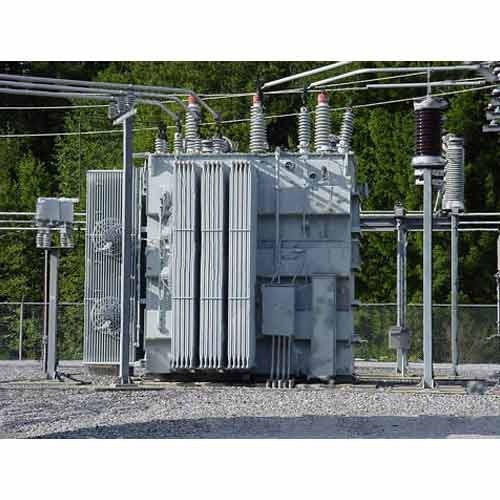1. When the iron losses of a distribution transformer decreases, then its all day efficiency
- increases
- decreases
- unaffected
- none of the above
Answer: 1
2. The main purpose of using core in a transformer is to
- decrease iron losses.
- decrease reluctance of the common magnetic circuit.
- eliminate magnetic hysteresis
- prevent eddy current loss.
Answer: 2
3. A transformer has hysteresis loss of 30 W, at 240 V, 60 Hz. The hysteresis loss at 200 V, 50 Hz will be
- 28 W
- 25 W
- 30 W
- 36 W
Answer: 2
4. The functions of using stepped core in transformer is to reduce
- eddy current losses
- hysteresis losses
- volume of copper
- reluctance of core
Answer: 3
5. Which part of the transformer is most affected by the overheating?
- winding insulation
- winding of transformer
- transformer core
- transformer tank
Answer: 1
6. When the transformer is loaded then the secondary terminal voltage will fall for
- leading power factor.
- lagging power factor.
- unity power factor.
- lagging and leading power factor.
Answer: 2
7. The full load copper loss and iron loss of transformer are 6400W and 5000W respectively. The copper loss and iron loss at half load will be respectively?
- 3200 W and 2500 W
- 3200 W and 5200 W
- 1600 W and 1250 W
- 1600 W and 5000 W
Answer: 4
Explanation : Iron losses do not depend on the load, iron losses remain constant for any load. Therefore iron losses are considered as constant losses. Copper losses vary as square of load current and these are considered as variable losses.
8. In a star-delta transformer, the delta side phase voltage leads the star sides phase voltage by an angle
- + 30°.
- + 45°.
- – 30°.
- – 45°.
Answer: 1
9. The chemical used in breather of a transformer should have property of
- absorbing moisture.
- ionizing air.
- absorbing heat.
- cleaning oil.
Answer: 1
10. Minimum voltage regulation occurs when the power factor of the load is
- lagging
- leading
- unity
- zero
Answer: 2

